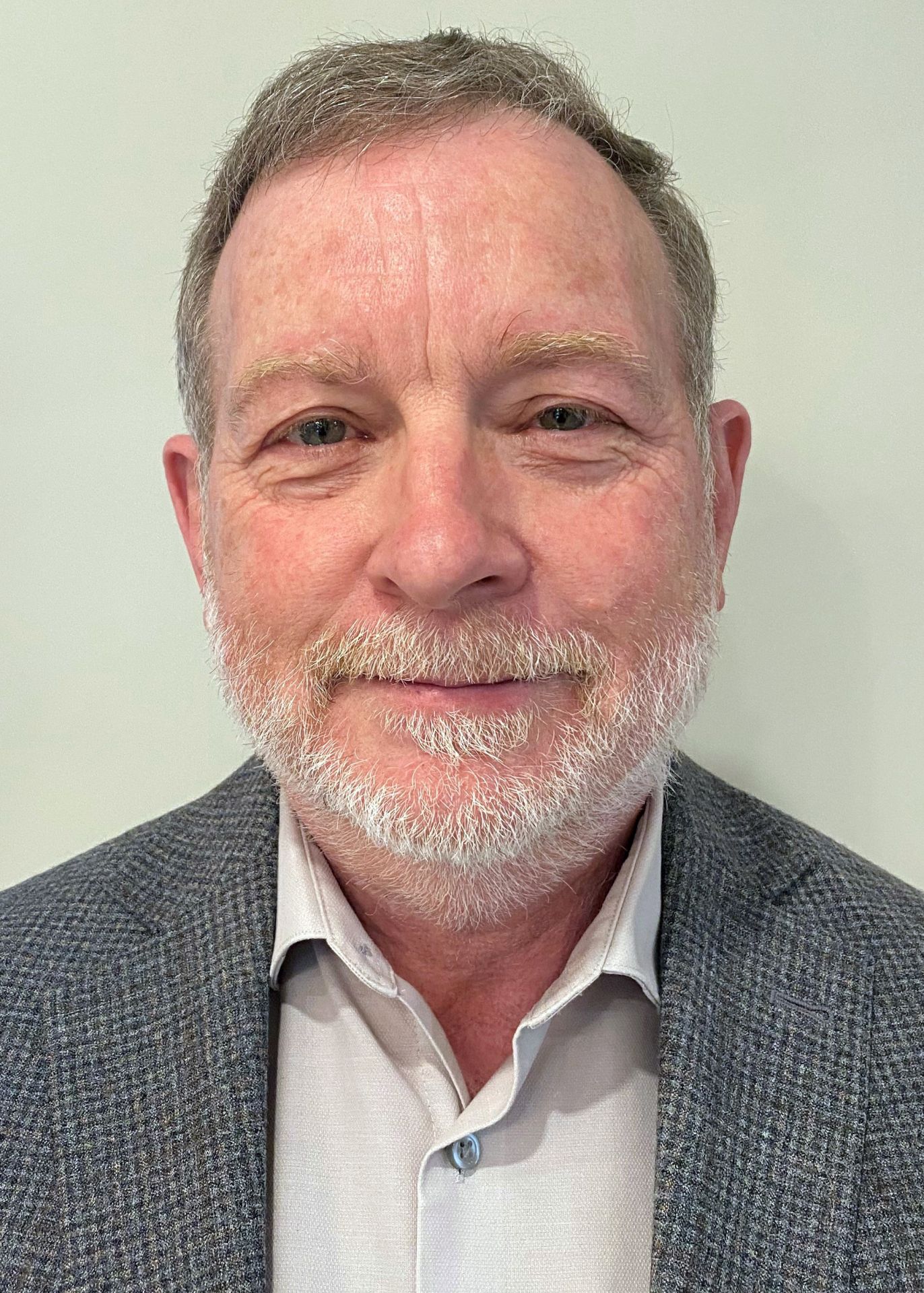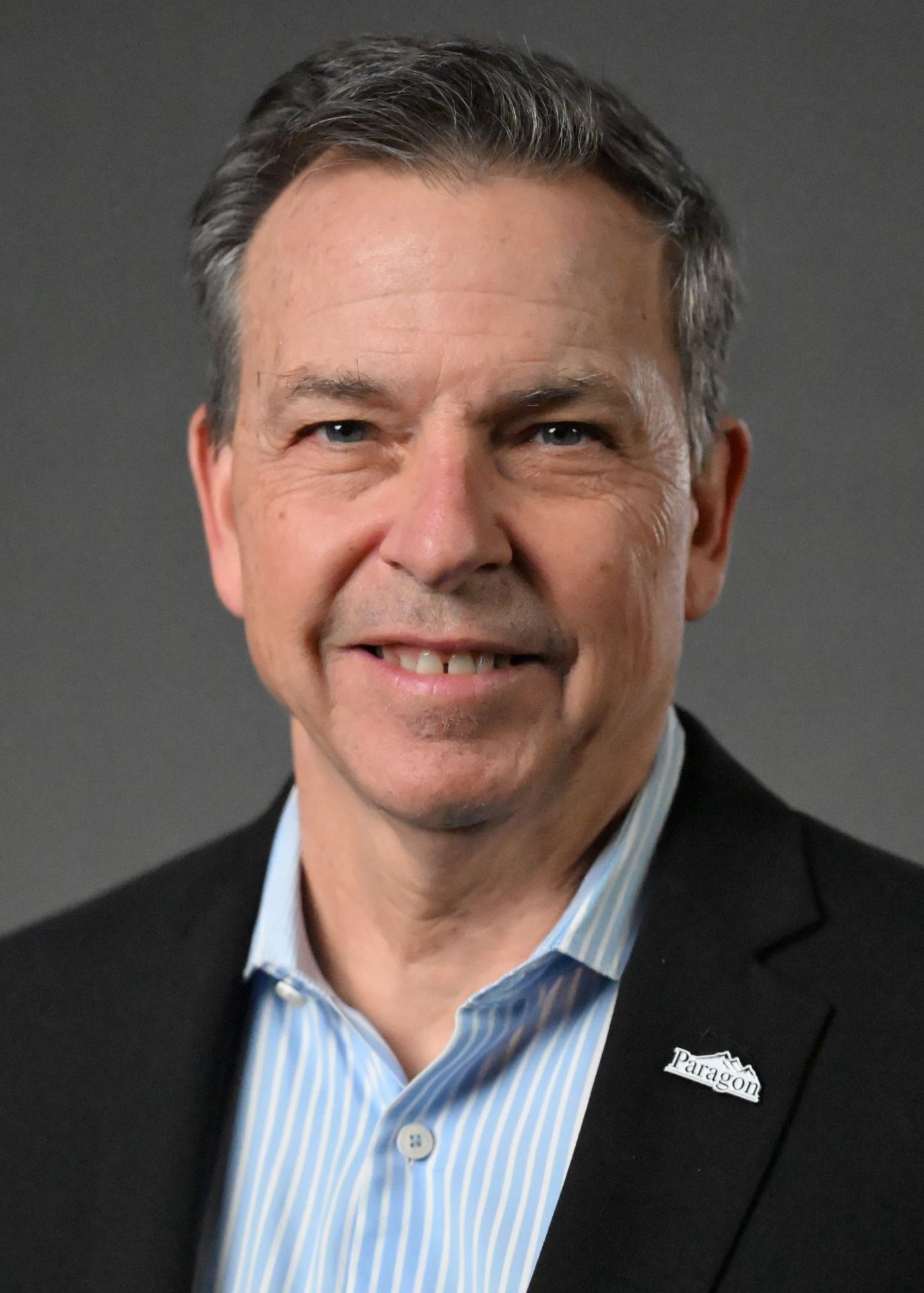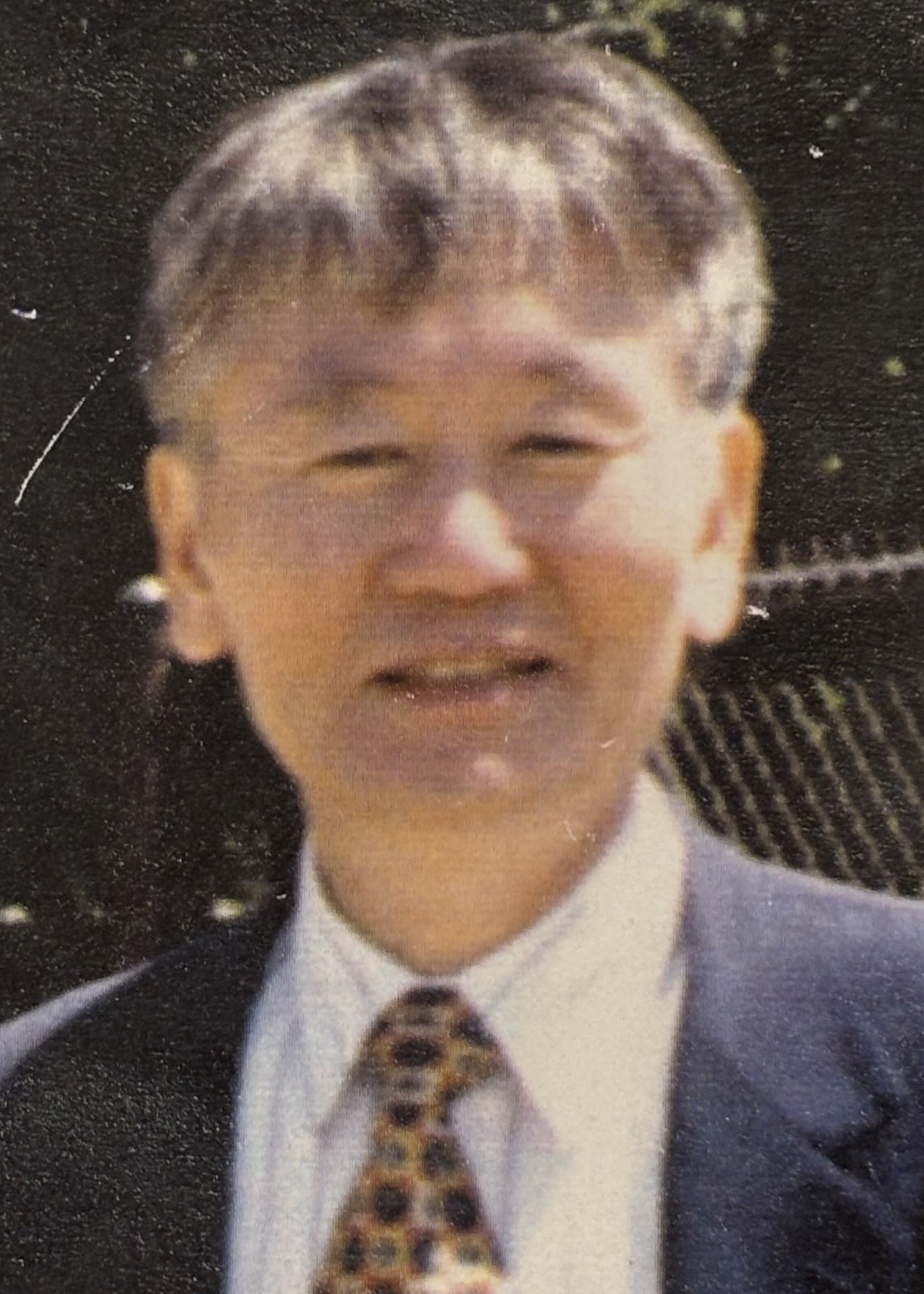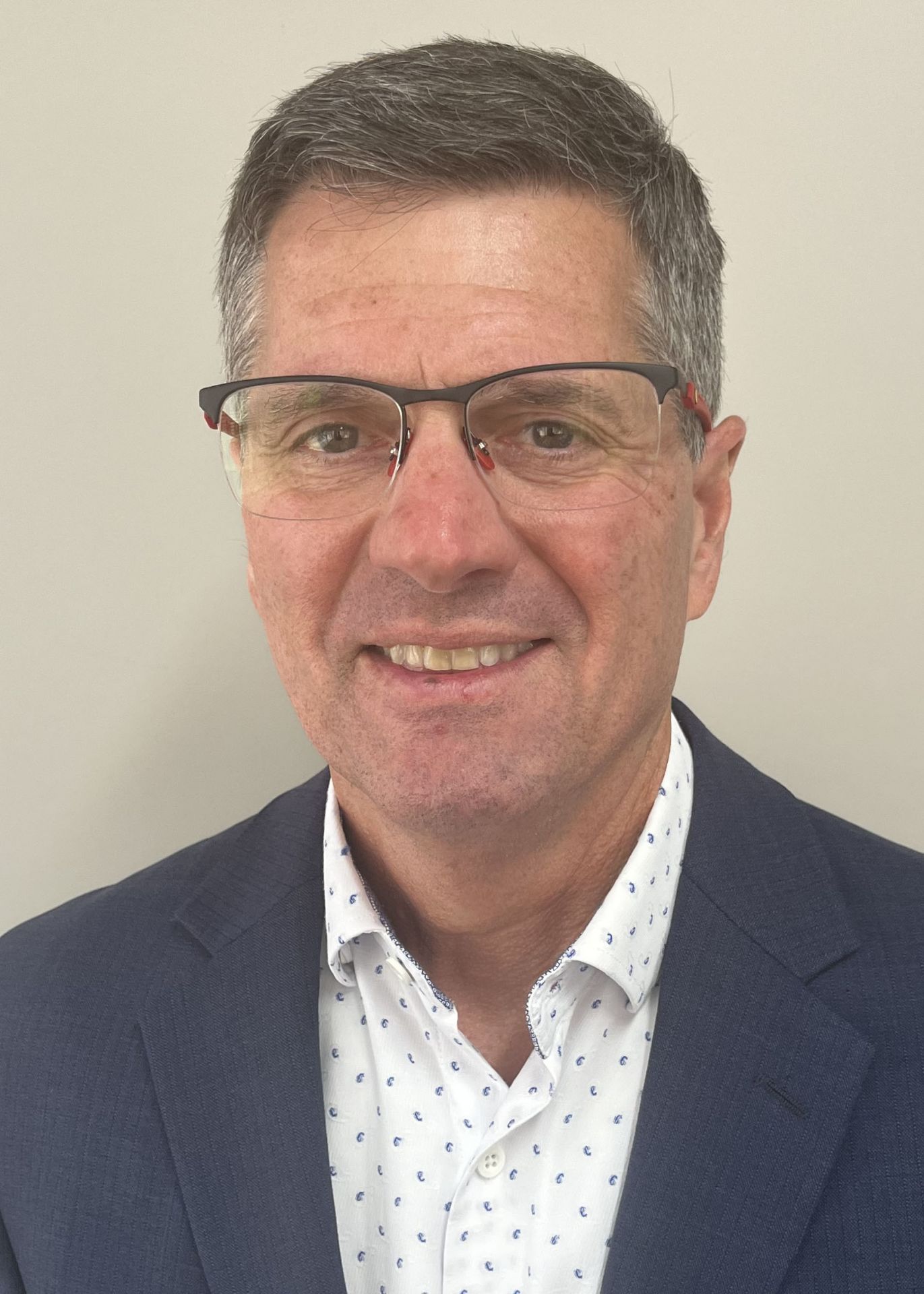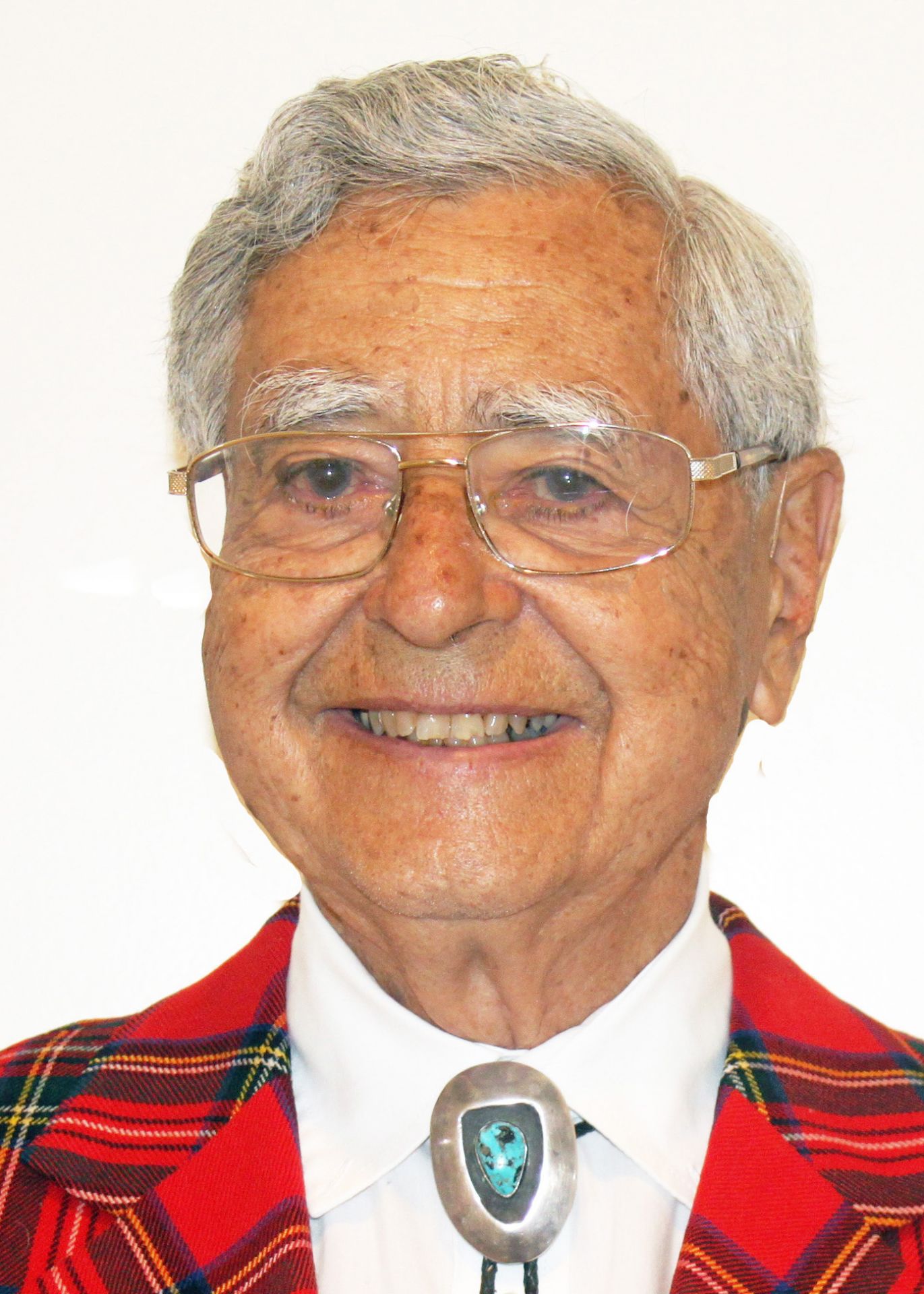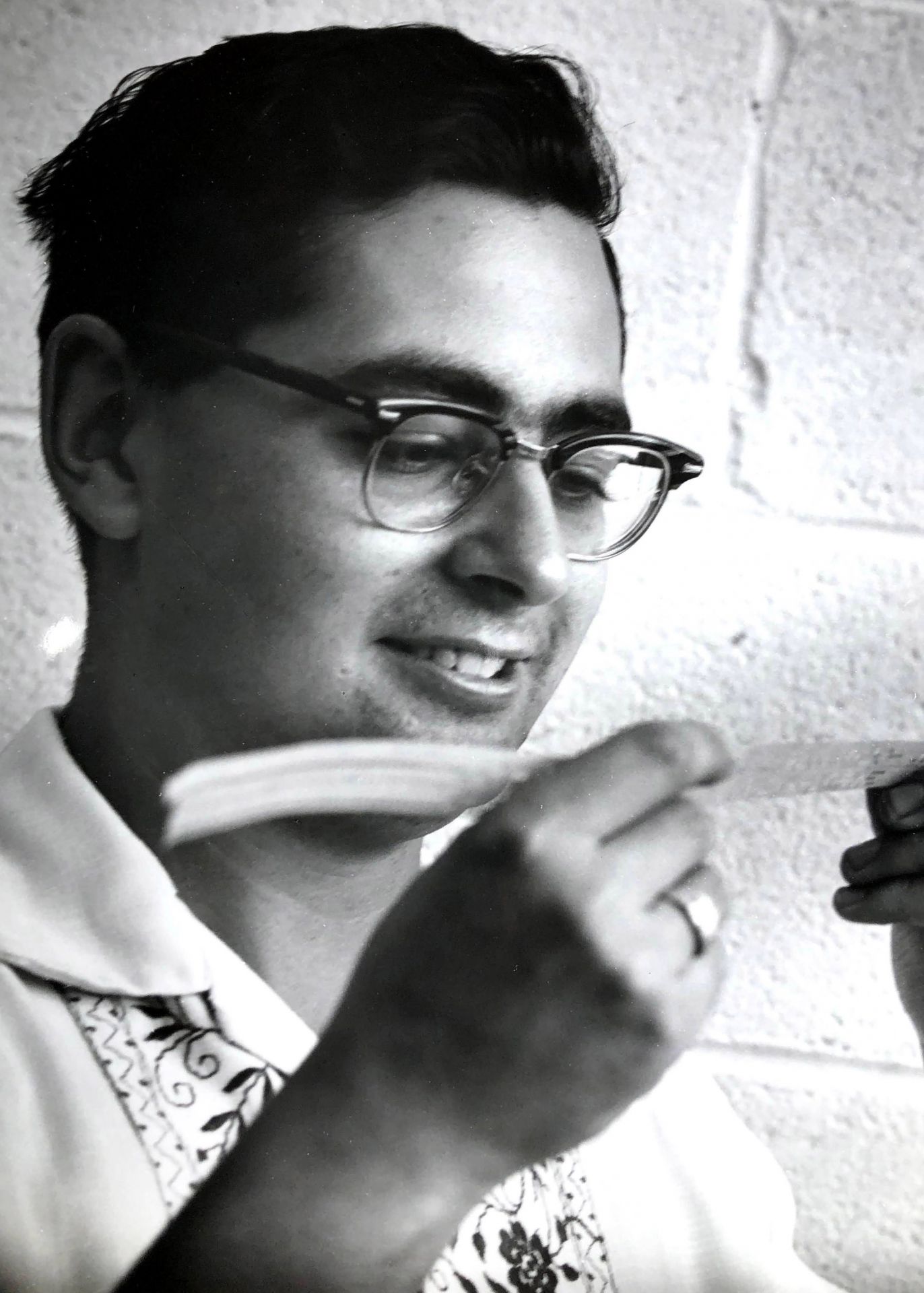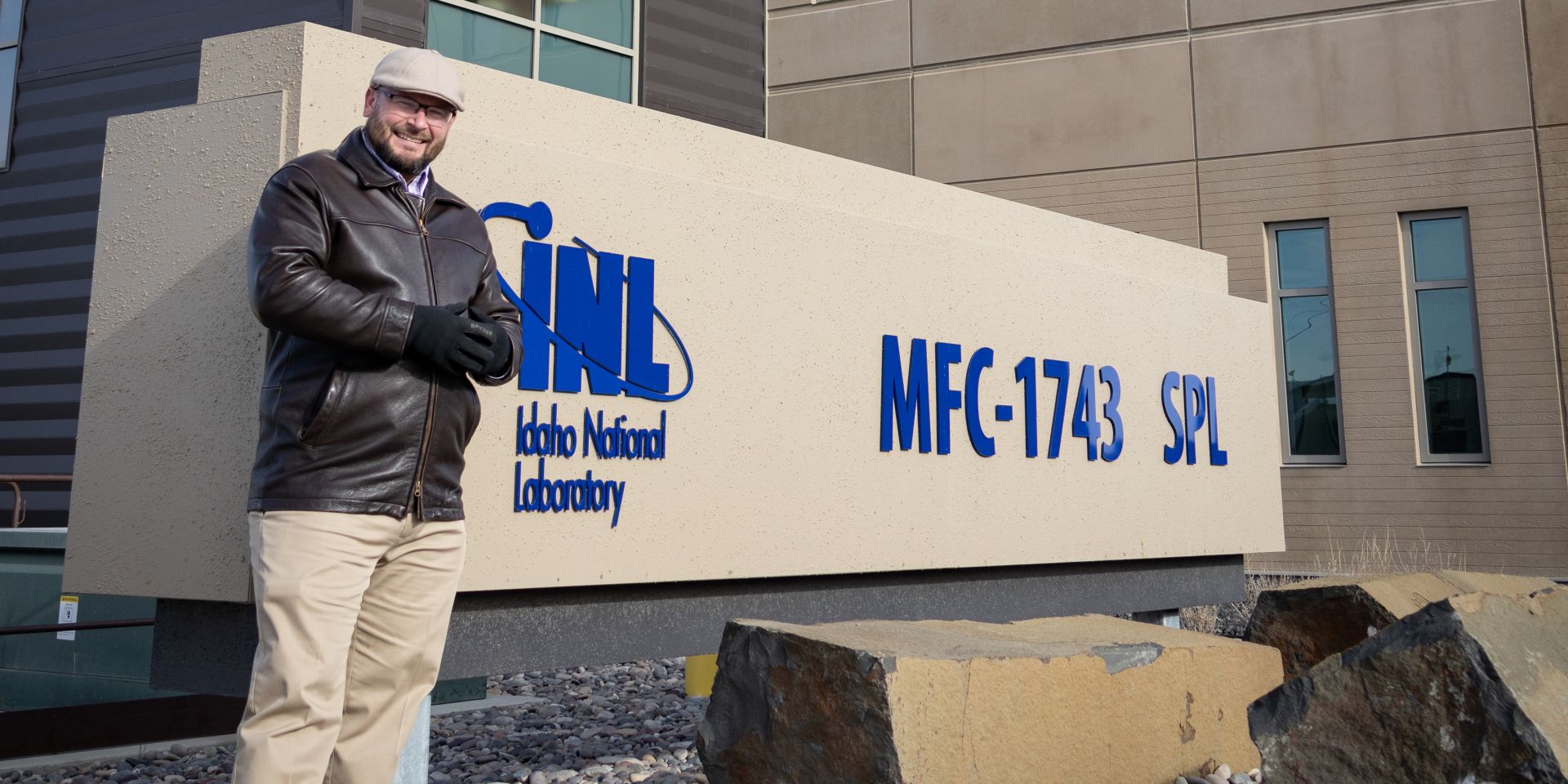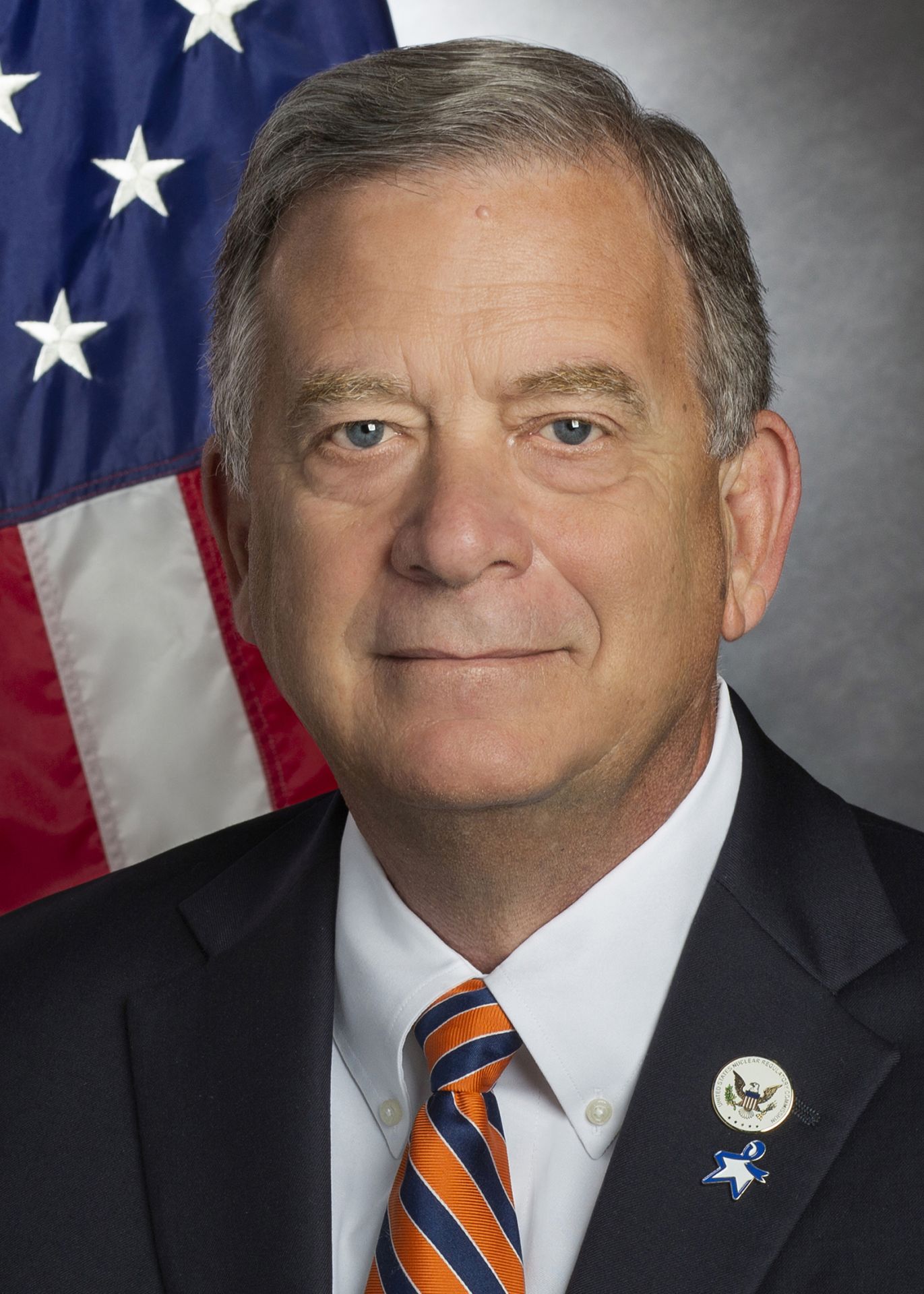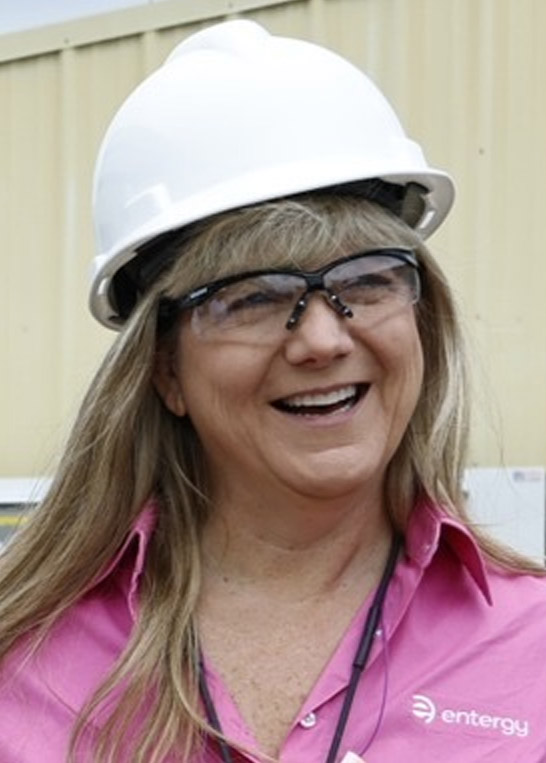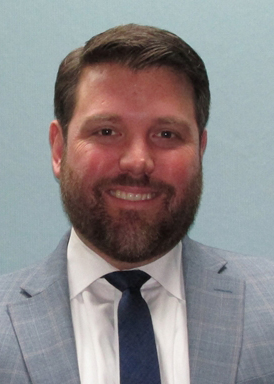My story: Dennis Mosebey—ANS member since 1981

. . . and today.

Mosebey in 1984 . . .
I graduated from high school in 1969. My yearbook says my career ambition was to be a nuclear physicist. This was inspired by a paperback book I read: Men Who Made a New Physics by Barbara Lovett Cline. I enrolled as a physics student at Susquehanna University that fall and graduated four years later. Many job applications were sent out, but I quickly learned in any branch of physics you needed at least a master’s degree and preferably a Ph.D. So, I applied to the Penn State nuclear engineering program as a master’s degree candidate. This would not be nuclear physics, but it would be close enough. To help with expenses, Penn State had quite a few internships with branches of Westinghouse, and mine was a three-month-long stint that summer at the Liquid Metal Fast Breeder Reactor project at Waltz Mill, Pa. My job was to work on expanding the uranium-238 fast fission cross sections into the 20-MeV range. Of course, I had no idea what a cross section was, but my supervisor, Gene Paik, and my office partners, especially Colin Durston, were immensely helpful.



